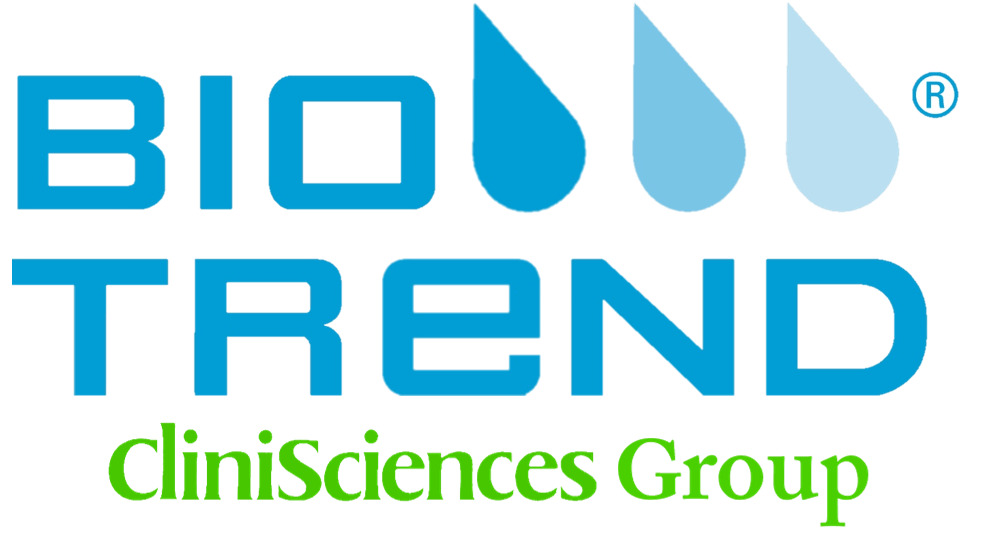IBA - Indole-3-butyric acid (chicken antibody)
Cat# AS153053
Size : 1ml
Brand : Agrisera
1
AS15 3053 | Clonality: Polyclonal | Host: Chicken | Reactivity: IBA | Indole-3-butyric acid
- Product Info
-
Immunogen: BSA-conjugated, Indole-3-butyric acid
Host: Chicken Clonality: Polyclonal Purity: Purified, total IgY (chicken egg yolk immunoglobulin) in 0.1 M PBS pH 7.2. Contains 0.02% sodium azide. Format: Liquid Quantity: 1 ml Storage: Store at 4°C or -20 °C. The working antibody solution is stable for at least 7 days at 4°C. Precautions should be taken for storage for longer periods. Problems of longterm stability may occur with highly diluted solutions. No other preservative agent has been added to the present formulation. For long storage purposes in solution the addition of sodium azide to 0,02 % is advised with the appropriate precautions of use. Tested applications: ELISA (ELISA), Immunoaffinity chromatography (IAC) Recommended dilution: 1 : 12 800 in indirect ELISA - Reactivity
-
Confirmed reactivity: Indole-3-butyric acid (IBA) Predicted reactivity: Indole-3-butyric acid (IBA) Not reactive in: No confirmed exceptions from predicted reactivity are currently known - Additional Information
-
Additional information (application): Titer in ELISA is defined as the dilution that gives 50 % of the absorbance from the maximum absorbance when tested with ELISA). Plates were coated with 400 ng/ml ovalbumine-conjugated indole-3-butyric acid. HRP-conjugated anti-chicken IgY was used as a tracer.
As antibodies to BSA carrier were not removed from this preparation please use BSA in your assay and use OVA-conjugated IBA for coating in ELISA. - Background
-
Background: Indole-3-butyric acid (IBA) is a plant hormone that belongs to the group of auxins. It is used to stimulate root formation in plant cuttings.
- Protocols
-
Molar cross-reactivities of different auxins and related compounds with anti-IAA (C1) antibodies.
Presented data are expressed as percentage ratio of molar concentrations of appropriate auxin and competitor producing 50% inhibition in ELISA.
Compound Unmethylated Methylated Indole-3-acetic acid <0.01 100 Indole-3-acetyl-L-aspartic acid 0.59 2.4 Indole-3-acetyl-L-alanine 2.86 7.35 Indole-3-acetyl-L-phenylalanine 2.15 4 Indole <0.01 ND Indole-3-methanol 2.86 ND 5-Nitroindole <0.01 ND Indole-3-aldehyde <0.01 ND Indole-3-acetamide 3.72 ND Indole-3-acetonitrile 0.97 ND Indole-3-acrylic acid <0.01 <0.01 Indole-3-propionic acid <0.01 4.0 Indole-3-pyruvic acid 1.75 7.69 Indole-3-lactic acid <0.01 <0.01 Indole-3-glyoxylic acid <0.82 2.14 Indole-3-butyric acid 0.82 2.14 Tryptophan <0.01 ND Indole-3-ethanol 3.71 ND Tryptamine <0.01 ND N-Acetyl-D,L-tryptophan <0.01 ND D,L-alpha-methyltryptophan <0.01 ND 4-Chloroindole-3-acetic acid <0.01 40 Indole-3-acetyl-L-leucine <0.01 2.73 Indole-3-acetyl-L-isoleucine <0.01 3.06 Indole-3-carboxylic acid <0.01 <0.01 Indole-5-carboxylic acid <0.01 <0.01 Indole-2-carboxylic acid <0.01 <0.01 Indole3-acetyl-L-glycine 9.1 10.34 indole-3-acetyl-L-valine 0.6 4 5-Hydroxyindole-3-acetic acid <0.01 <0.01 alpha-Naphtylacetic acid 1.9 15.8 2,4-Dichlorophenoxyacetic acid <0.01 <0.01 Processing of plant extracts required prior ELISA analysis may vary from plant to plant. In most cases removal of pigments and lyophilic material by C18 reversed phase chromatography and subsequently by combined DEAE cellulose-reversed phase C18 columns is required. For estimation for IAA samples have to be methylated by diazomethane before ELISA analysis is performed.
-


